
How to Use Chaining to Teach Complex Skills
Share
In a previous article, we talked about how a task analysis can help to break down complex skills into simple steps. Well, after you have completed the task analysis and you know the steps necessary to complete a skill, it is time to use a chaining procedure to help children learn. Chaining is a teaching procedure that involves reinforcing individual behaviors in a chain in order to build up to more complex target behaviors. Prior to use the teaching strategy of chaining, you should complete a task analysis to identify all of the individual steps in a complex skill like hand washing or using the bathroom. If you need help with that step, please check our free completed task analysis sheets for a variety of life skills ranging from brushing teeth to washing hands. Once that’s done, it’s time to pick a chaining procedure! There are three possibilities.
Forward Chaining
Behavior is taught in the order that it occurs. Each step is taught and reinforced one at a time. Once the learner is successfully able to complete the first step of the chain independently, the teacher would work on teaching (and reinforcing) the second step. For example, if you are teaching a child to put on a shirt, you may start by just teaching him to put it on his head. The teacher would then complete all of the subsequent steps. Once a child is able to put the shirt on his head independently, you may work on teaching him to place the shirt on his head and then pull it down to his neck. Continue forwards one step at a time until all steps of the task analysis are completed independently. This procedure should be used when clients have difficulty learning multiple steps at once and relatively easy responses are needed at the beginning. The benefit of this approach to chaining is that it minimizes frustration for the learner and increases their likelihood of success. The downside is that it can take a long time to teach a skill with many steps (e.g., using the bathroom).
Backward Chaining
Behavior is taught one step at a time, starting with the final step. For example, in a backwards chain that consists of ten steps, the teacher would complete the first nine steps and work on teaching the child to only complete the final step independently. Once that step is mastered, the student moves on to working on steps nine and ten. In the case of making a snack, the last step may be for the child to press “start” on the microwave. Once a child can do this independently, they would be taught to enter the time and press “start”. Continue backwards one step at a time until all steps of the task analysis are completed independently. This procedure should be used when clients have difficulty learning multiple steps at once and the end of the chain results in something that the child likes (e.g., eating a snack).
Shop ThinkPsych Products
Total Task Chaining
All steps of a task are taught at the same time. Support for every individual step may vary and reinforcement should be provided at the end of the chain. This procedure should primarily be used when the child knows some of the steps already and if the child is a relatively quick (advanced) learner.
Feedback
What did you think of our article? Did it help you to utilize chaining more effectively in your home or classroom? Post your comments or questions in the box below!
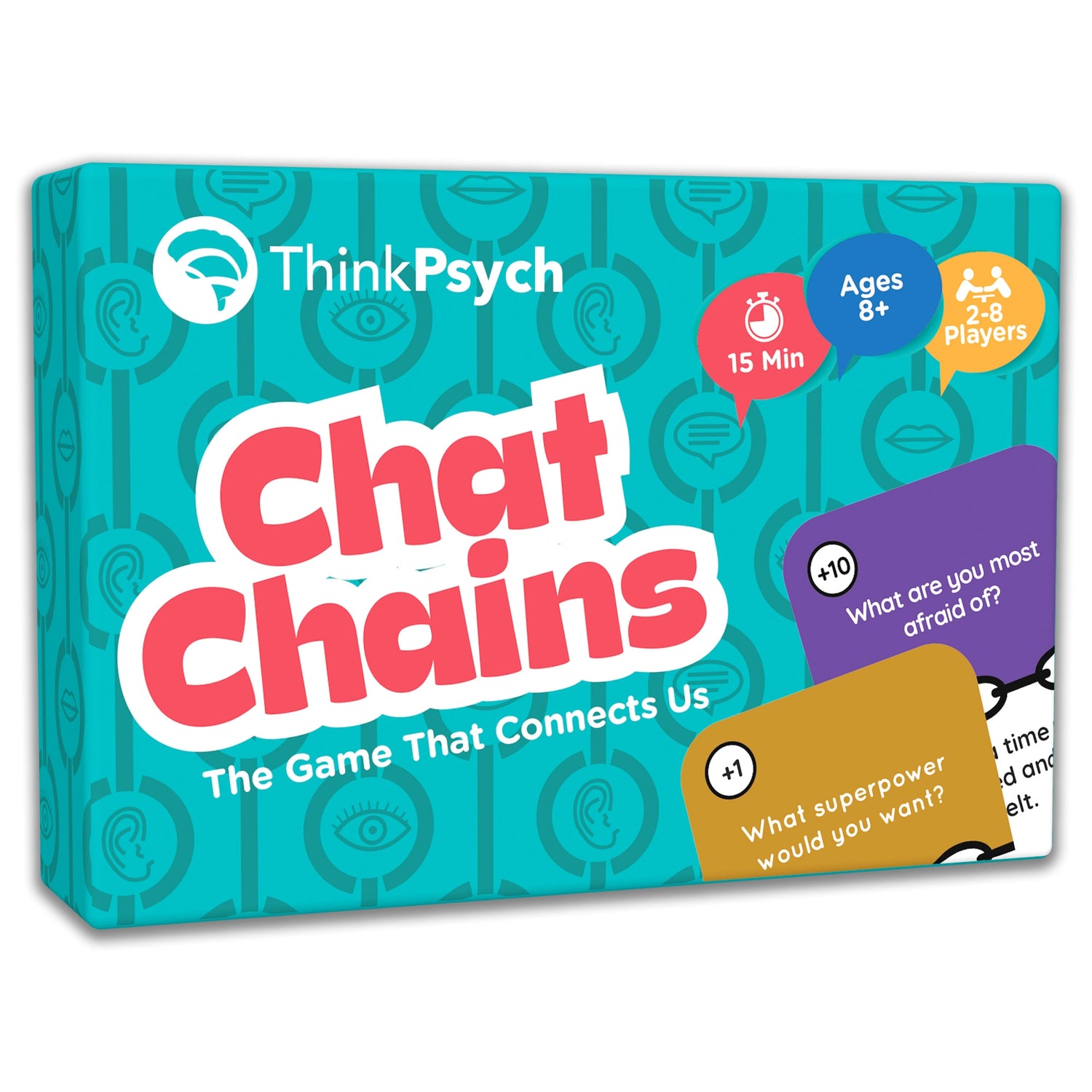





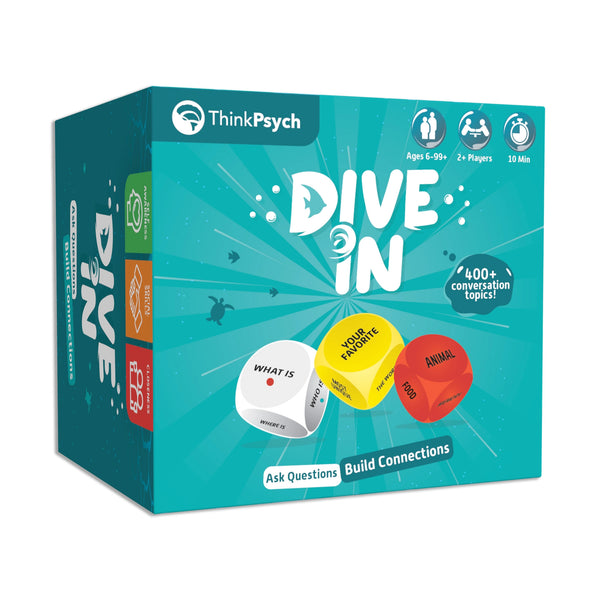
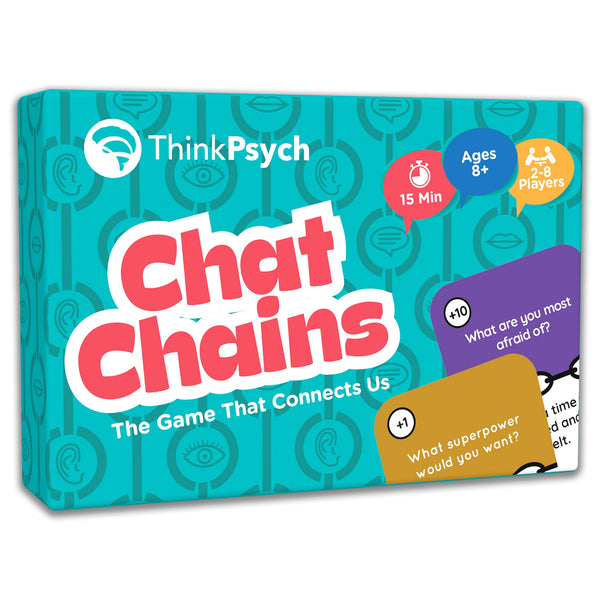


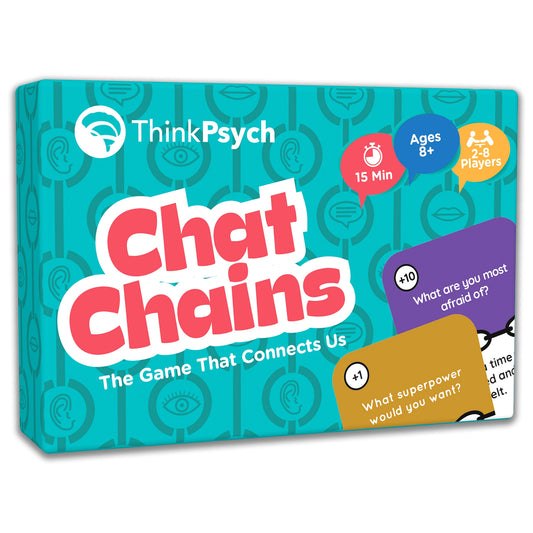


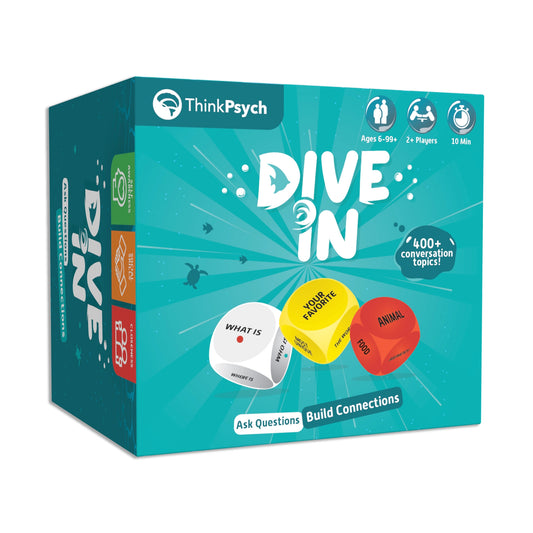
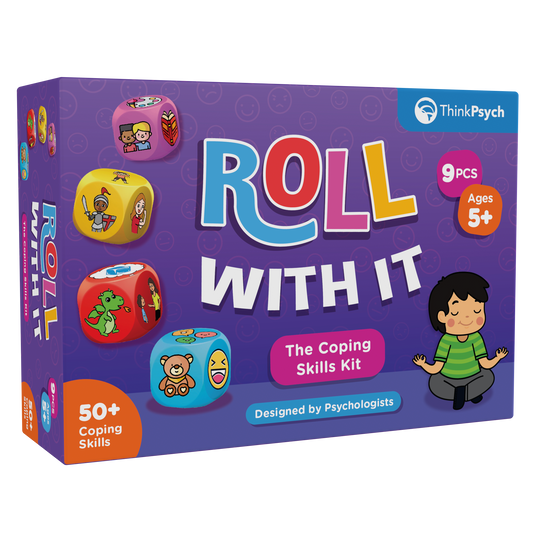



1 comment
Thank you so much for the breakdown of the differences. It is quite clear and the examples are real and relatable. Great job!